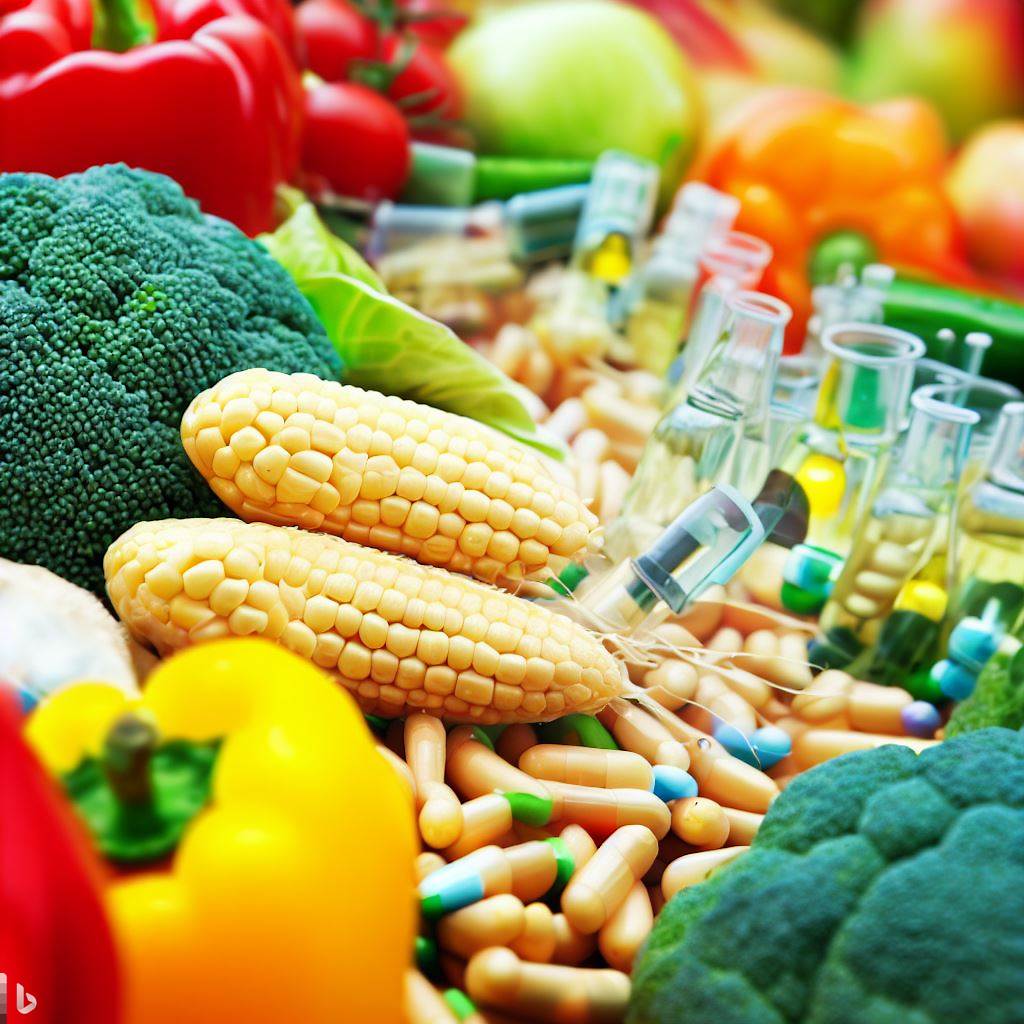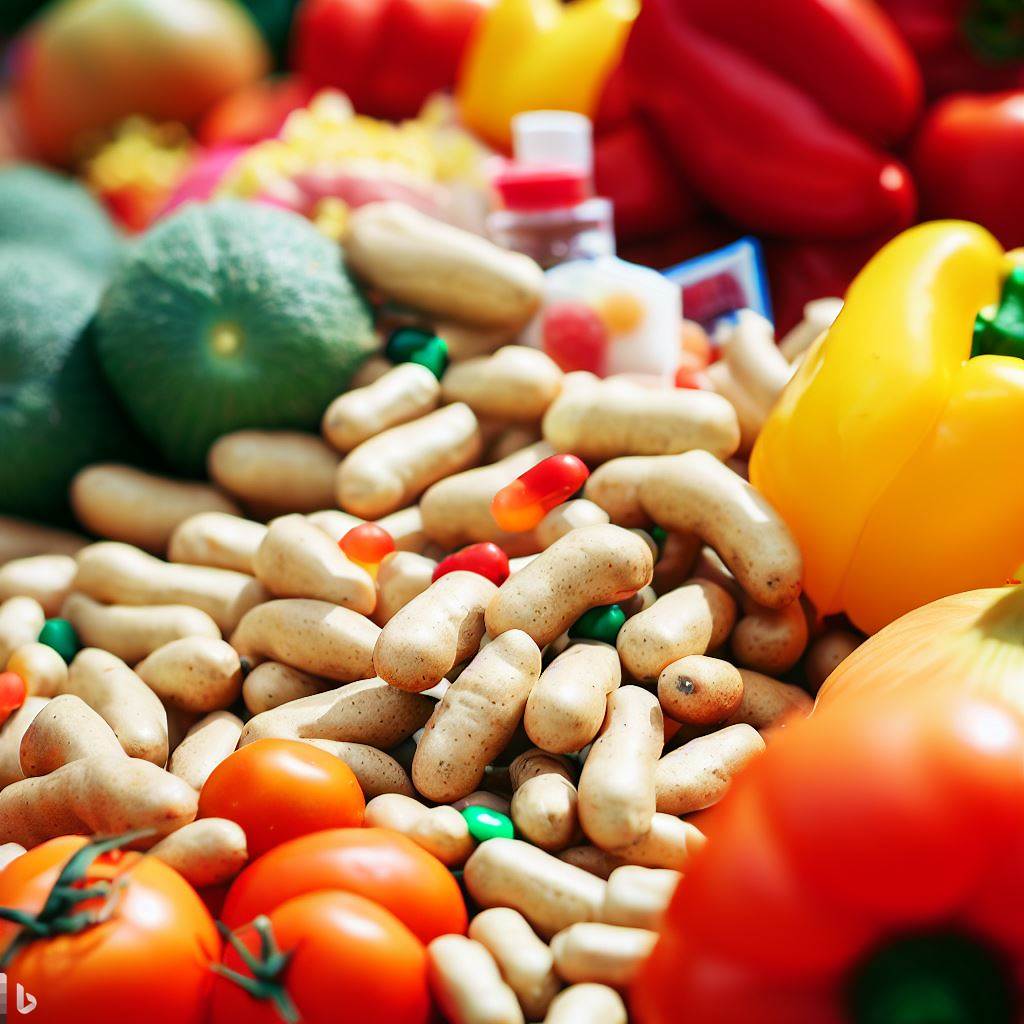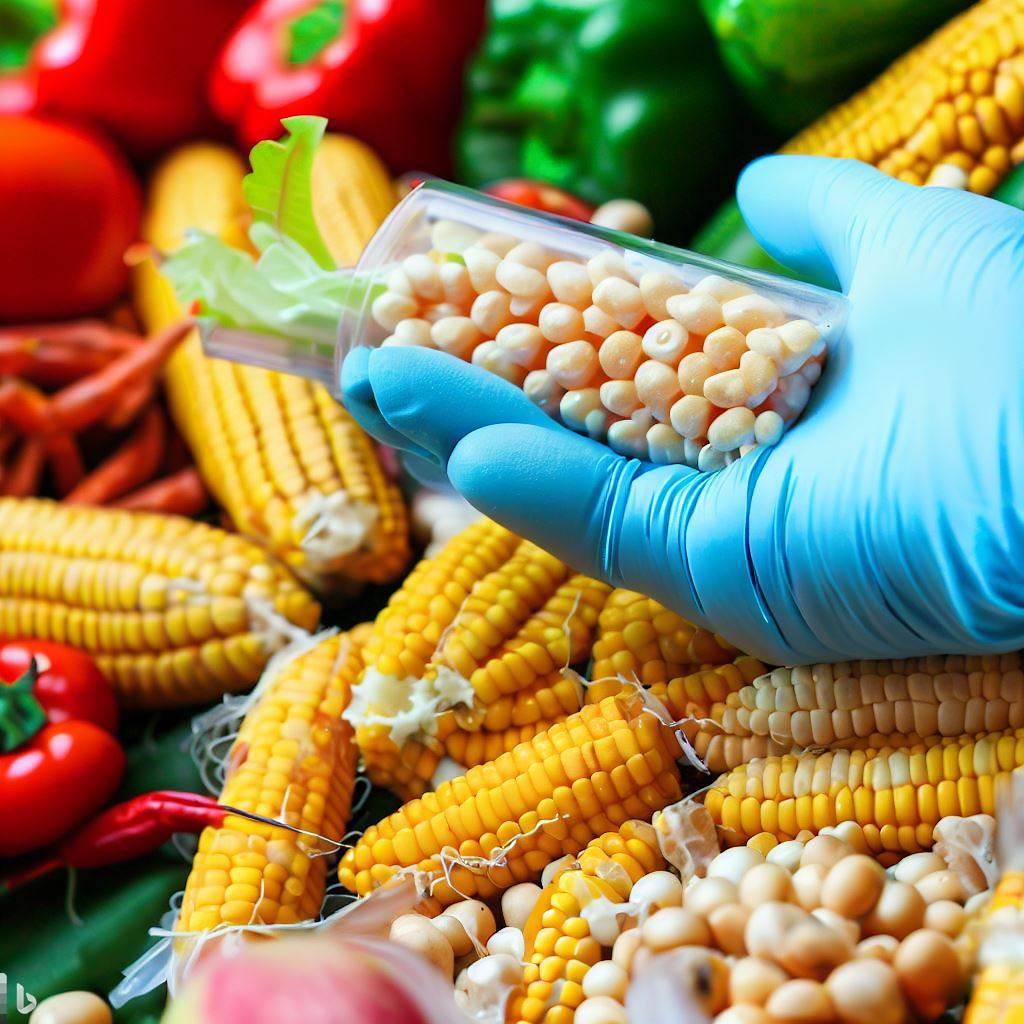In the world of agriculture and food, nothing stirs up a debate quite like GMO vs hybrids. It’s like watching a thrilling football match where both sides feel they hold the winning ticket. But let’s cut through the noise and get into what really matters – the facts.
We’re going on an exploratory journey here; delving deep into each side of this agricultural game with its pros and cons laid bare before you. There are no sides being picked here, just cold hard facts presented in an easy-to-understand manner.
Fasten your seat belts folks! The stage is set for our deep-dive adventure into these fascinating worlds that continue to shape our food system as we know it today – prepare to be enlightened!
Definition of Genetically Modified Organisms (GMO) and Hybrids

Genetically Modified Organisms (GMOs) are organisms whose genetic material has been artificially manipulated through genetic engineering techniques.
This involves the insertion of genes from one species into another to achieve desired traits, such as increased resistance to pests or improved nutritional value.
On the other hand, hybrids are created through natural processes known as hybridization. In plants, this occurs when two different varieties within the same species cross-pollinate, resulting in offspring with a combination of traits from both parent plants.
While GMOs involve introducing genes from unrelated species, hybrids only involve interbreeding within the same species. This fundamental difference sets them apart in terms of their methods and implications.
Differentiating GMOs from Natural Hybridization
One crucial distinction between GMOs and hybrids lies in the fact that hybridization occurs naturally in nature. It is a process observed for centuries by farmers who selectively breed plants with desirable characteristics to create new varieties.
GMOs, on the other hand, rely on scientific manipulation at a molecular level. Genetic engineers use tools like recombinant DNA technology to transfer specific genes across different organisms – even those belonging to completely unrelated kingdoms – which would never occur naturally.
Moreover, while hybrid offspring have mixed genetics derived exclusively from their parent plants’ existing gene pool without any synthetic modification or foreign gene insertion; GMO crops incorporate specific traits acquired from sources outside their original genome.
Methods Involved in Creating GMOs and Hybrids
Creating GMO crops involves several steps beginning with identifying desirable traits found in one organism and extracting its specific genes responsible for these qualities.
These isolated genes are then inserted into plant cells using various techniques such as agrobacterium-mediated transformation or gene gun bombardment. The modified cells are then cultivated to generate genetically transformed plants.
In contrast, hybridization is achieved by facilitating the cross-pollination of two different plant varieties within the same species. This can occur naturally via wind or insect pollination or through controlled breeding techniques employed by farmers and botanists.
While GMOs target specific genes for manipulation, hybrids rely on natural processes that allow for the recombination and mixing of genetic material between parent plants.
Implications for Biodiversity: Impact of GMO vs. Hybrid Plants

One significant concern with GMO crops is their potential impact on biodiversity. When genetically engineered plants are introduced into agricultural systems, there is a risk that they may outcompete native wild species and disrupt local ecosystems due to their enhanced traits such as resistance to pests or herbicides.
Hybrids, especially those created through controlled breeding methods, do not pose the same level of risk since they involve the combination of genes already present in related varieties within a particular species.
As a result, hybrids generally exhibit less pronounced impacts on biodiversity compared to GMOs.
However, it’s worth noting that both GMOs and hybrids can have unintended consequences if not managed properly and monitored closely in terms of environmental interaction and cultivation practices.
Health Implications: Safety of Consuming GMOs and Hybrids
When it comes to evaluating health implications associated with consuming GMOs versus hybrids, extensive research has been conducted over the years.
Numerous studies have demonstrated that consuming genetically modified products approved by regulatory bodies does not pose any known immediate risks to human health.
Similarly, hybrids created through natural processes like selective breeding are generally considered safe for consumption as they do not involve any foreign gene insertions into plant genomes.
These hybrid crops often undergo rigorous testing before being made available commercially in order to ensure their safety for human consumption.
Legal Issues Surrounding the Use of GMOs and Development of Hybrids
The use and regulation of GMOs and hybrids vary from country to country.
In many nations, including the United States, genetically modified crops must undergo strict regulatory processes before they can be commercialized. This includes assessments of potential risks to human health and the environment.
Hybrids created through natural breeding methods are typically not subjected to the same level of scrutiny as GMOs. Instead, they benefit from existing regulations for their parent varieties within a given species.
Nevertheless, it’s essential for policymakers and regulatory bodies to stay vigilant in overseeing both GMOs and hybrids to ensure that they adhere to established safety standards.
Agricultural Productivity: Comparisons between GMO Crops & Hybrid Varieties
One significant advantage of genetically modified crops is their potential for enhanced agricultural productivity. By incorporating traits like resistance to pests or herbicides, GM crops can reduce crop losses due to disease or insect damage.
Similarly, hybrid varieties have been bred with specific traits that improve yield potential or offer increased tolerance against environmental stressors such as drought or extreme temperatures.
These characteristics contribute positively towards overall agricultural productivity while maintaining genetic diversity within plant populations.
However, it’s important to note that these advantages come with caveats – long-term sustainability needs careful management practices alongside monitoring possible unintended effects on ecosystems surrounding cultivated areas.
Environmental Considerations for Cultivation of GMO vs. Hybrid Plants
Cultivating GMO crops has raised concerns about the impact on surrounding ecosystems due primarily to their often-intense usage of synthetic chemicals such as pesticides and herbicides.
Some argue that excessive chemical application associated with certain GM crop cultivation practices may lead to ecological imbalances by harming beneficial organisms like pollinators or soil microorganisms responsible for nutrient cycling.
On the other hand, hybrid plants generally do not pose similar concerns since they are typically developed using traditional breeding methods without introducing novel genes that require extensive chemical management programs.
When it comes to environmental considerations, both GMOs and hybrids warrant careful evaluation of their specific traits, cultivation practices, and potential impacts on the ecosystems in which they are grown.
Effects on Traditional Farming Practices

The adoption of GMO crops has led to significant changes in traditional farming practices. Farmers who opt for genetically modified varieties often rely heavily on biotechnology companies that sell these seeds alongside specially formulated chemical inputs.
This dependence can have financial implications for farmers, as well as concerns about the impact on crop diversity and traditional seed-saving practices.
On the other hand, hybridization has been widely embraced by farmers due to its compatibility with existing agricultural techniques. Many hybrid crops can be easily integrated into conventional farming systems without requiring major adjustments or reliance on external agrochemical inputs.
However, it’s essential to strike a balance between adopting new technology while preserving farming traditions and ensuring sustainable agriculture practices for future generations.
Debate on Labeling Foods with GM Ingredients versus Food from Hybrid Crops
A contentious topic surrounding GMOs is the debate over labeling foods containing genetically modified ingredients. Proponents argue that consumers have a right to know what they are consuming and make informed choices based on personal beliefs or dietary needs.
In contrast, labeling foods derived from hybrid plants is not typically considered necessary since the genetic modifications occurred naturally within compatible species during interbreeding processes.
The resulting offspring do not contain novel genes acquired through genetic engineering techniques used in creating GMOs; instead, they reflect existing variations present within plant populations.
While this debate continues globally, it’s essential that transparency measures are put in place regarding labeling requirements so that consumers can ultimately make choices aligned with their preferences or concerns regarding biotechnological interventions in food production methods.
GMO vs Hybrids: Summary
Understanding the differences between GMOs and hybrids is crucial for making informed decisions about agricultural practices and food consumption. While GMOs involve the deliberate manipulation of an organism’s genes, hybrids occur naturally through cross-pollination within the same species.
Both GMOs and hybrids have their own advantages and potential risks when it comes to biodiversity, health implications, legal considerations, agricultural productivity, environmental impact, effects on traditional farming practices, and labeling debates.
It is vital that ongoing research, regulation, and monitoring are conducted to ensure the development of sustainable agriculture while addressing concerns raised by different stakeholders in this complex field.


